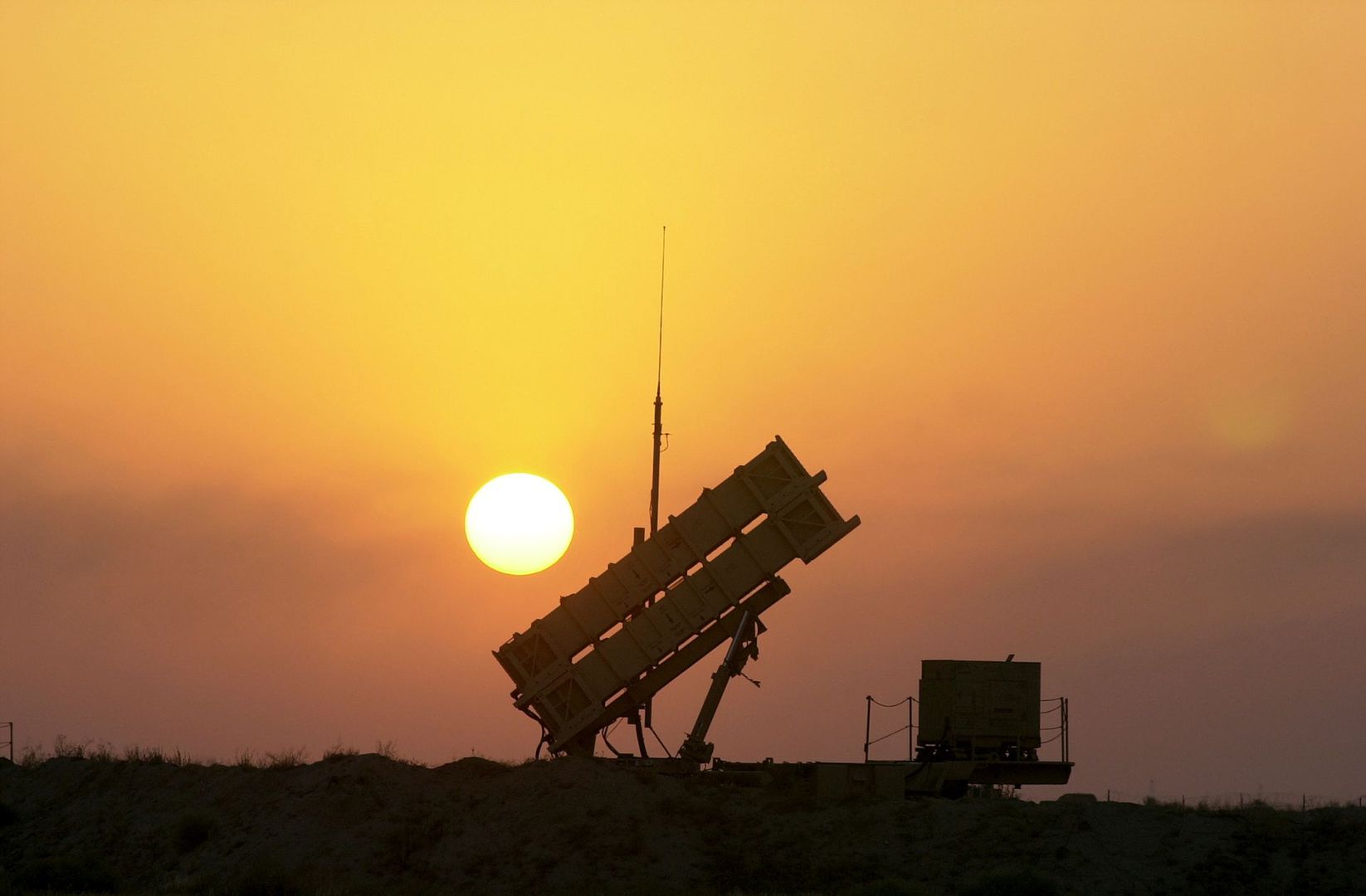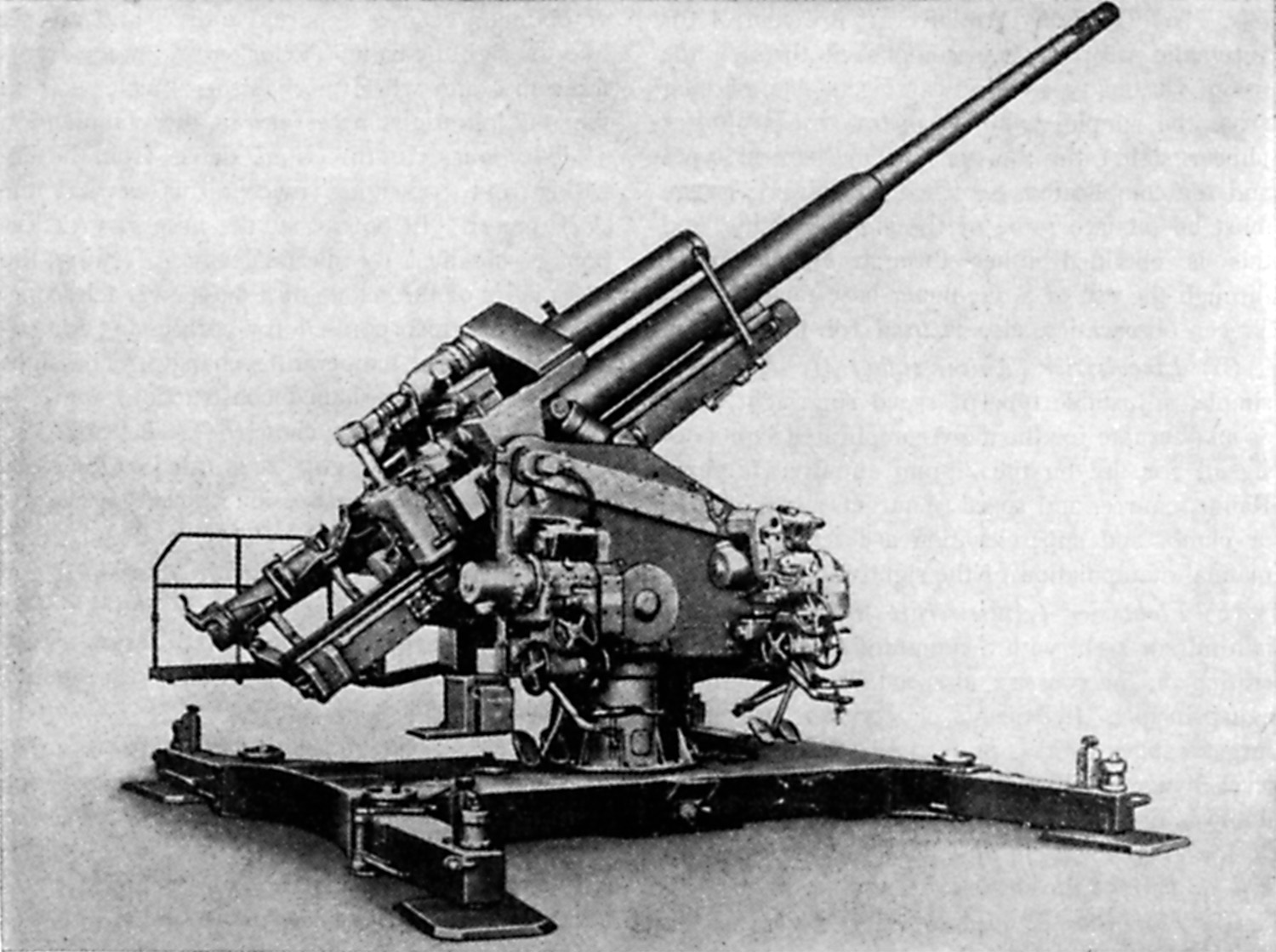Anti Aircraft Batteries - The American theory on daylight bombing lay in the aircraft the crewmen flew: the rugged Boeing B-17 "Flying Fortress," the main heavy bomber of the Eighth Air Force. The plane carried 10 crewmen, and sported 13 50-caliber guns for self-defense.
It was famous for bringing crews home, even when three of its four engines failed. The B-17's firepower, combined with that of other aircraft in the formation, would be plenty to protect bombers from enemy attacks.
Anti Aircraft Batteries

As many as half a million civilians remained in Stalingrad when the Germans approached in the late summer of 1942. Those who survived the initial onslaught and did not manage to flee, had to eke out a living on a battleground ravaged by incessant bombardment and street fighting
. An overwhelming majority of them were women and children. The United States Eighth Air Force deployed to England with a daunting mission: destroy Germany's ability to wage war, and gain command of the European skies to pave the way for an Allied land invasion.
In order to accomplish it, thousands of American airmen had to face the constant threat of death daily. The other more feared threat was the German Luftwaffe. In 1943, the Luftwaffe was at peak strength against American bombers.

The pilots flying the ME-109s and FW-190s were professionals—the best in the world. Some of the German pilots had been flying in combat since 1936. Many had dozens of aerial victories; some had over 100. John Keema of the 390th Bomb Group said, “No matter the target they were defending, they were balls to the wall.
They were brave. They didn't hesitate." A fatalistic sense of acceptance became prevalent. A popular saying at the time was that to "fly in the Eighth Air Force then was like holding a ticket to a funeral - your own."
Abnormal behavior became more common. Insomnia, irritability, sudden temper flashes, nausea, weight loss, blurred vision, introverted withdrawal, inability to concentrate, and Parkinson's-like tremors were a few of the symptoms seen by flight surgeons. Nightmares so vivid that they caused the men to wake up screaming in the night were not uncommon.
Men became jumpy and jittery, the "Focke-Wulf Jitters," or "flak happy," became commonly used terms in the Eighth Air Force. The morale among the Eighth Air Force crews was at a low point in September, yet the worst was yet to come.

October 1943 yielded the heaviest casualties sustained up to that point in the air campaign. Seth Paridon was a staff historian at The National WWII Museum from 2005 to 2020. He began his career conducting oral histories and research for HBO's miniseries The Pacific and holds the distinction of being the first historian hired by the Museum's Research Department.
In the 12 years he was Manager of Research Services, Seth and his team increased the oral history collection from 25 to nearly 5,000 oral histories. For the survivors, there wasn't much time for contemplation of those lost.
The next day proved to be an even longer day, followed by another, and another. The German fighters reaped a devilish harvest in the skies over Bremen, a harvest repeated in the next few missions in what became called "Black Week" by those fortunate enough to live through it.
Throughout the summer of 1943, American bomber crews sustained heavy casualties. Losses of 30 or more aircraft—300 men—were not uncommon throughout the summer. John Luckadoo, a pilot in the 100th Bomb Group recalled that he "calculated a 400 percent turnover in the first 90 days" of combat.

In 1943, bomber crews were tasked with a 25-mission tour of duty. Most crews never made it past their fifth. The Luftwaffe owned the skies over Europe and the men of the Eighth Air Force were paying the price.
At the Arcadia Conference, held in Washington, DC, from December 24, 1941 to January 14, 1942, the Western Allies agreed to a "Germany First" policy to govern global strategy, but the question where to engage Germany, and when, remained
unsettled. German anti-aircraft fire, or flak, was one of those deadly threats. Some targets were more heavily defended by flak batteries than others, but flak was an accepted part of the job at hand, no matter how deadly.
Beginning on October 8 and continuing until October 14, Eighth Air Force crews attacked targets all over Germany in an attempt to continue the pressure on the Germans. October 8's target was the shipyard in dreaded Bremen, known as "Flak City" by the aircrews.

The flak was so thick, Luckadoo said that "if you put your wheels down you could taxi on it." Combined with the expected fighter opposition, October 8 was not going to be an easy day for the bomber crews.
Luckadoo recalled that the enemy fighters attacked the bombers as soon as they crossed the border into France and continued all the way through to the target. Generally, when bombers approached the target and entered what was called the flak field, enemy fighters peeled away to land, refuel, and rearm.
As summer turned to autumn in 1943, the Americans felt that, despite the casualties, the air war would ramp up in intensity. Targets that directly affected the German war machine became priorities. Fighter-production facilities, ball-bearing plants, shipyards, and other military targets were in the crosshairs of the Eighth.
Conversely, the Eighth was in the crosshairs of the Luftwaffe, determined more than ever to defend their cities and facilities. In November 1942, German fighter ace Egon Mayer found the weakest place on a B-17—directly in the front of the aircraft.

Defended by only four machine guns, the nose of the B-17—and more importantly the cockpit—was vulnerable to a head-on attack. The attack required great skill and courage, as the German and American aircraft closed at an astonishing speed.
The German pilot only had seconds to aim, fire, and peel away before careening into the heavy bombers. Tested by the developer himself, Mayer found the tactic worked exceedingly well. By December, the head-on attack was the preferred method of attacking American heavy bombers by Luftwaffe fighter pilots.
Casualties among bomber crews began to mount steadily as B-17s were being blown out of the sky with growing consistency.
anti aircraft artillery ww2, anti aircraft artillery, anti aircraft batteries ww2, anti aircraft rounds, anti aircraft artillery wwii, what is anti air, anti aircraft artillery history, anti aircraft battleship